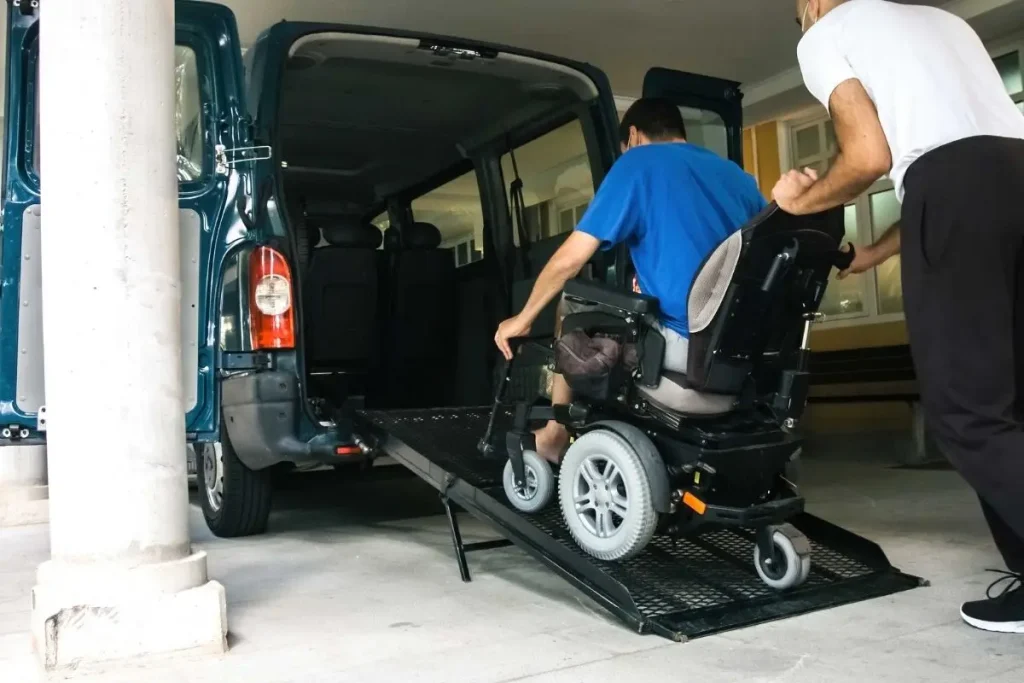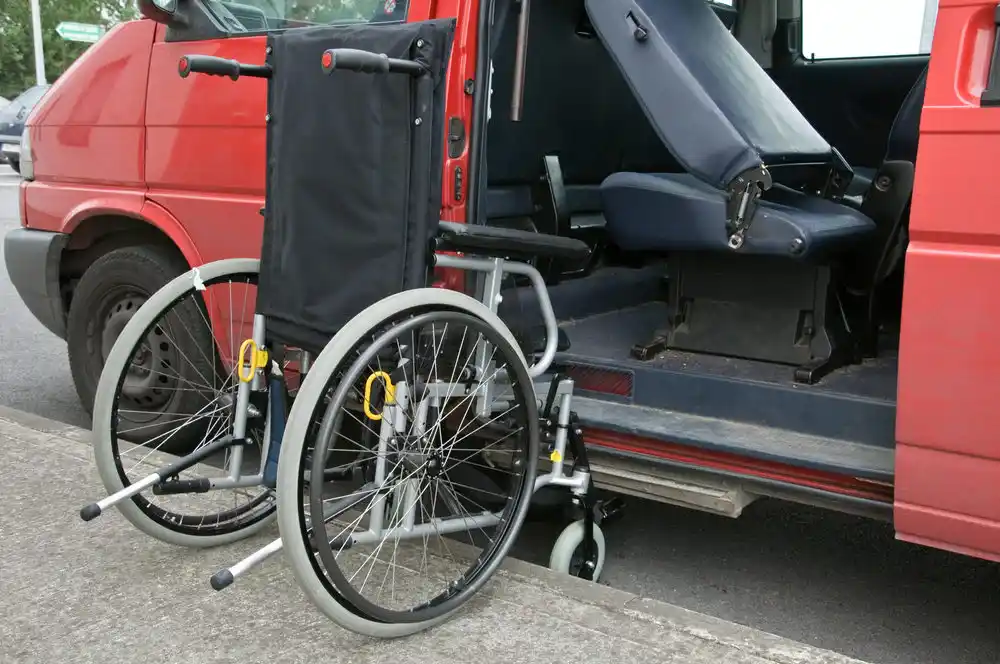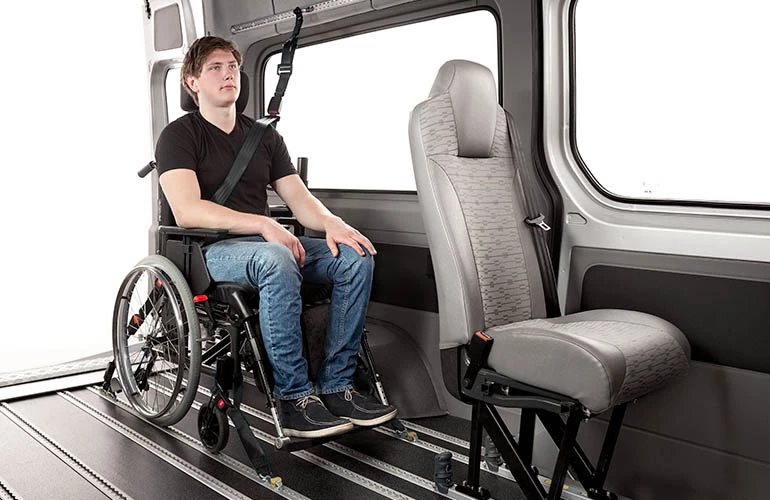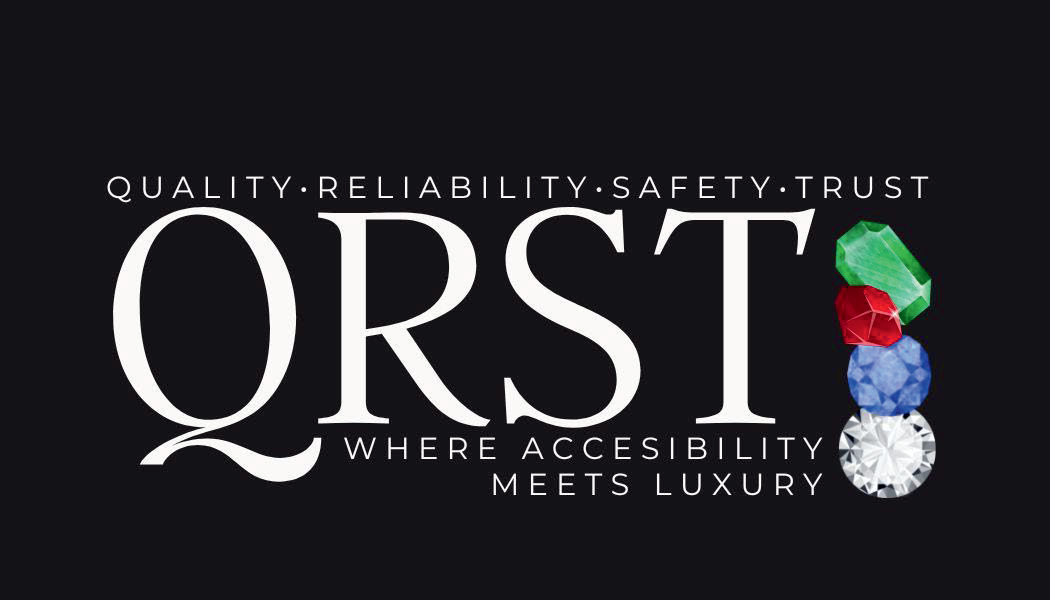Ensuring safety in wheelchair transportation is paramount, especially in Virginia, where countless individuals rely on this mode of mobility. This essay delves into the pressing issues surrounding safety belts and harnesses in wheelchair transportation within the state. QRST Wheelchair Transportation will explore the challenges faced by users and providers, as well as potential solutions to improve safety and reliability. From addressing secure fastening to enhancing ease of use, we’ll navigate the terrain of wheelchair transportation safety. So, buckle up (pun intended), as we embark on a journey to create a safer and more accessible transportation system for all Virginians.
Inadequate Fastening Mechanisms:
Inadequate fastening mechanisms in wheelchair transportation are a critical concern. Picture this: you or a loved one relying on a wheelchair, and as you’re getting ready for a ride, you encounter issues with the safety belt or harness not securely locking in place. It’s not just an inconvenience; it’s a safety hazard. These mechanisms are meant to keep individuals safe during transit, and when they fall short, it can lead to accidents and injuries. From straps that don’t tighten properly to buckles that easily come undone, these issues are far from trivial. They can cause anxiety for passengers and caregivers alike, making the simple act of getting from one place to another a nerve-wracking experience. Addressing this problem is vital to ensure that wheelchair users can travel with confidence, knowing that their safety is a top priority.
User-Friendly Solutions:
User-friendly solutions are the golden ticket when it comes to addressing the problems with safety belts and harnesses in wheelchair transportation. Think about it – many wheelchair users may have limited mobility or dexterity. So, the last thing they need is a complicated, frustrating system to secure themselves during a ride. What’s needed are fastening mechanisms that are intuitive, easy to use, and reliable. We’re talking about designs that a person with limited hand function can operate without needing a physics degree. These solutions should ensure that passengers can independently secure themselves in their wheelchairs, without needing constant assistance. By making the process as user-friendly as possible, we’re not just enhancing safety, but also promoting independence and dignity for individuals who rely on wheelchairs in their daily lives. It’s all about making transportation accessible and hassle-free for everyone.

Standardization and Regulations:
Standardization and regulations play a crucial role in improving the safety of wheelchair transportation. Think of it like this: without clear and consistent guidelines, there’s a real risk of chaos. We need everyone on the same page to ensure the safety of wheelchair users, emphasizing the importance of how to book wheelchair-accessible transportation with adherence to standardized safety measures. By setting and enforcing standards, we can guarantee that the safety belts and harnesses meet specific criteria, making them more reliable and secure. These standards should cover everything from design and materials to testing and maintenance procedures. Plus, having regulations in place ensures that all service providers and equipment manufacturers are held accountable, and that users can trust that their safety is a top priority. It’s not just about ticking boxes; it’s about establishing a system where everyone can confidently rely on these essential safety features without any doubt. In the end, standardization and regulations are like the safety net that prevents any slips through the cracks, making wheelchair transportation safer for all.
Proper Training:
- Empowerment: Training empowers both wheelchair users and transportation staff to understand the correct usage of safety belts and harnesses.
- Independence: Proper training allows wheelchair users to securely fasten themselves, promoting independence and reducing reliance on others for assistance.
- Reduced Risk: Well-informed staff can ensure that passengers are correctly secured, significantly reducing the risk of accidents during transit.
- Customization: Training can be tailored to individual needs, considering different types of wheelchairs and varying levels of mobility.
- Regular Refresher Courses: Offering ongoing training and refresher courses to keep everyone up-to-date with the latest safety protocols and best practices.
- Open Communication: Establishing channels for passengers and staff to ask questions and report any concerns regarding safety belt and harness usage.
- Safety Culture: Creating a culture where safety is a top priority and everyone understands their role in maintaining it.
Regular Maintenance:
Regular maintenance is the unsung hero in the world of wheelchair transportation, and it’s just as crucial as ensuring the accessibility of wheelchair-friendly music venues. Imagine your car; if you don’t change the oil or maintain the brakes, it’s a recipe for disaster. The same goes for safety belts and harnesses. These vital components need routine checks and upkeep to ensure they’re in top-notch condition. Regular maintenance means inspecting, cleaning, and repairing as needed. It’s about keeping an eagle eye on the belts’ integrity and the harnesses’ functionality, so they perform as they should when it really counts. This isn’t just about ticking boxes; it’s a way of saying, “We care about your safety.” When you’re in a wheelchair and headed somewhere, knowing that your safety gear is in great shape is a load off your mind. Regular maintenance isn’t just about fixing what’s broken; it’s about preventing what could break in the first place.

Feedback Loops:
Feedback loops are like the GPS for improving wheelchair transportation safety. Just think about it—passengers and staff use these safety belts and harnesses day in and day out, and they’re the ones who know best how they’re working or not working. A feedback loop means that there’s a direct line of communication where users can share their experiences and concerns about these vital safety tools. It’s not just a one-way street; it’s a two-way conversation. If something’s not working as it should, users can report it, and service providers can take action to make necessary improvements promptly. This continuous feedback loop isn’t just about fixing problems after they occur; it’s about preventing them in the first place by staying in touch with the real experts – the people who use these safety systems daily. It’s about creating a safer, user-driven experience in wheelchair transportation.
Cost Considerations:
Cost considerations are at the heart of the wheelchair transportation safety equation. It’s a bit like balancing on a tightrope. We want top-notch safety belts and harnesses, but we also need to make sure they’re affordable. Wheelchair users and transportation providers often face budget constraints. So, finding that sweet spot where safety doesn’t break the bank is key. It’s about asking questions like, “How can we make these safety features cost-effective without compromising quality?” This might mean exploring bulk purchases, seeking out budget-friendly but durable materials, or collaborating with manufacturers to keep prices down. It’s not about cutting corners; it’s about being savvy to ensure that safety remains accessible to all, regardless of their financial situation. It’s like finding the Goldilocks solution – not too expensive, not too cheap, just right. Balancing safety and affordability is the magic trick in the world of wheelchair transportation.
Community Involvement:
- Understanding User Needs: Engaging with the wheelchair user community to gain insights into their specific safety concerns and preferences.
- Advocacy Groups: Collaborating with advocacy organizations to amplify the voices of wheelchair users and their caregivers in decision-making processes.
- Co-Creation: Involving wheelchair users in the design and testing of safety belts and harnesses, ensuring that they meet real-world needs.
- User Feedback: Establishing feedback mechanisms that allow wheelchair users to report safety concerns and improvements needed.
- Education and Awareness: Promoting awareness within the community about the importance of safety in wheelchair transportation and how they can play a role in improving it.
- Local Partnerships: Partnering with local disability organizations and caregivers to develop tailored safety solutions and services.
- Regular Meetings and Forums: Hosting regular community meetings and forums to discuss safety issues, share experiences, and gather suggestions.
Collaboration with Providers:
Collaboration with wheelchair transportation service providers is like teamwork in the game of ensuring safety, essential for handling battery problems in wheelchair-accessible vehicles. These providers are on the front lines, making daily decisions that directly impact the safety of passengers. By working together, we can establish clear safety standards, share best practices, and develop protocols that ensure safety belts and harnesses are consistently used correctly. Open lines of communication between providers and regulators can help in addressing issues promptly, improving safety, and adapting to evolving needs in the field. It’s a bit like a well-choreographed dance; when everyone is in sync, safety becomes a seamless part of the journey. Through collaboration, we can build a safer and more reliable wheelchair transportation system for everyone involved.

FAQ’s:
What is the best way to secure a wheelchair restraint?
The best way to secure a wheelchair restraint is by following the manufacturer’s instructions and ensuring a tight and secure fit, with no slack in the straps.
When securing a wheelchair you should hook the tie-down straps?
When securing a wheelchair, you should hook the tie-down straps to designated wheelchair anchor points, following the manufacturer’s instructions for proper attachment.
How do you attach a seatbelt to a wheelchair?
To attach a seatbelt to a wheelchair, loop it through the designated anchor points on the chair and secure it firmly according to the manufacturer’s guidelines.
What are the different types of wheelchair restraints?
The different types of wheelchair restraints include manual belts, automatic retractors, and electric docking systems, each designed to secure wheelchairs in vehicles.
What is a wheelchair belt?
A wheelchair belt, also known as a seatbelt or safety belt, is a device used to secure a wheelchair user safely in their wheelchair during transportation, preventing movement and ensuring safety.
CONCLUSION:
In conclusion, addressing safety belt and harness problems in wheelchair transportation and promoting accessible transportation options in Virginia is not merely an option; it’s an imperative mission. The safety and well-being of individuals who rely on wheelchairs for mobility depend on the reliability and effectiveness of these restraints. To make wheelchair transportation safer and more accessible, we must focus on user-friendly solutions, standardized regulations, proper training, regular maintenance, open feedback loops, cost considerations, community involvement, and collaboration with service providers. By embracing these principles, we can create a transportation system that upholds the safety, dignity, and independence of all Virginians who use wheelchairs. Our journey towards a more inclusive and secure future begins here, ensuring that no one is left behind or unsafe during their travels.
